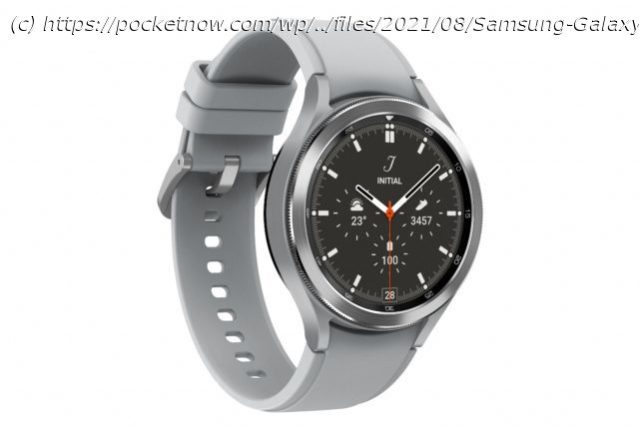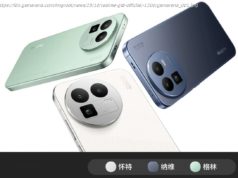This article compares Samsung’s Galaxy Watch 4 Classic against Apple Watch Series 6 to see how the two stack up in terms of features.
The Galaxy Watch 4 Classic is one of Samsung’s two latest additions to its wearable lineup. It joins the sportier and less expensive Galaxy Watch 4 with its traditional timepiece-like design. For interested buyers, the Watch 4 Classic will be available for pre-order from today, August 11th, and has a starting price of $349.99. With everything Samsung has offered as a package, does this device compete well against Apple’s Series 6? To help answer that question, in this article we compare everything we know about the devices to help you make a possible purchase decision and also find out whether Android users have a device that’s finally worth the money for long-term use. The circular dial on the Galaxy Watch 4 Classic will be available in two case sizes, a 42mm unit with a 1.19-inch screen and a 46mm one that houses a 1.36-inch display. Samsung offers stainless steel for both versions, unlike Apple where the default is aluminum, and a stainless steel case costs an additional $300. If you need a variety of straps, Samsung says they will offer a wide range of first-party options, and the use of a simple pin system means there will be an assortment of third-party ones too. Watch face customizability will also be available due to exceptional third-party support on the new Wear platform. Surrounding the face is Samsung’s standard rotating bezel for navigating around the interface and two buttons to confirm inputs, return from screens, and other functions. The overall thickness of the watch has also seen a reduction because Samsung has been able to combine three sensors into a single unit. More on this later in the article. Similarly, with the Apple Watch, users can also choose between two sizes for the squircle wearable, a 40mm or 44mm case where the displays are 1.






